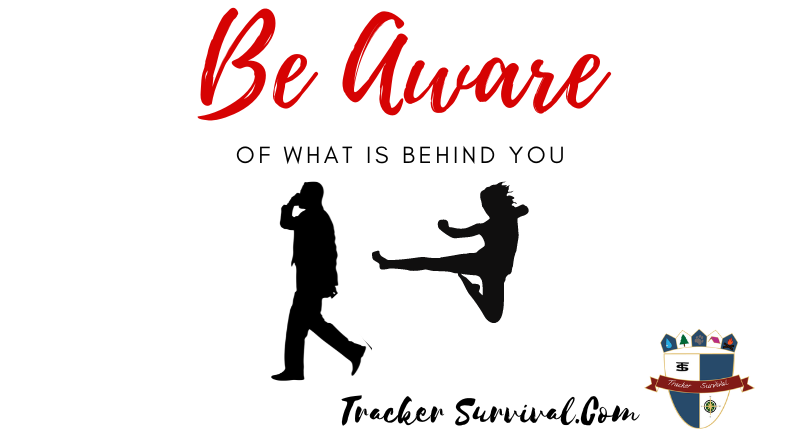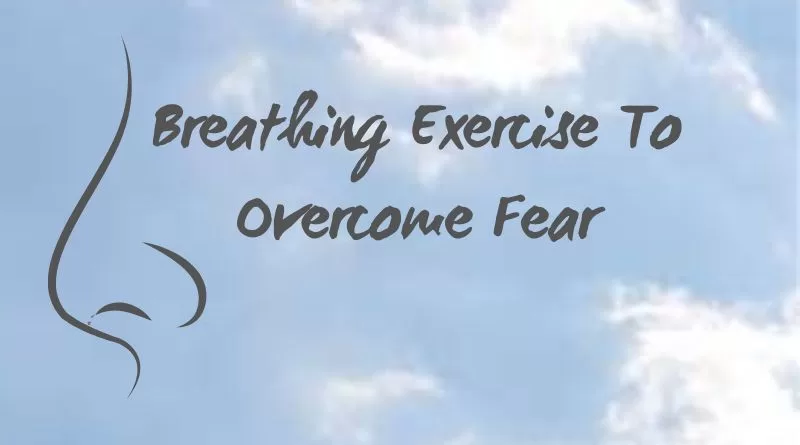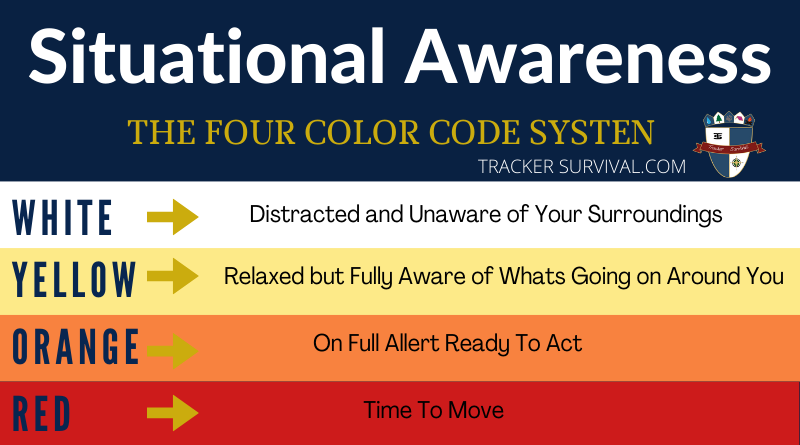How To Handle Stress In An Emergency
When under threat humans automatically react in one of three different ways, fight, flight, or freeze. Knowing how to handle stress in an emergency is essential when the SHTF. Once you can think clearly under pressure, you will have increased your odds of survival.
The fight, flight, or freeze response to a perceived threat is a natural response that our ancestors developed. In the days of yore, if a person was confronted by a predatory animal. A person had three options to improve their chances. Fight the animal off, run away or freeze in the hopes that the predator will move on. Over time this developed into an automated response.
Fight, Flight, Or Freeze Physiological Changes
The response is triggered psychologically, but once it is triggered there are quite a few physiological changes that occur. The amygdala kicks in and triggers a series of changes. The body quickly releases adrenaline and cortisol. As adrenaline and cortisol flow through the person’s body, the heart rate increases, breathing either speeds up (for the fight or flight response) or the person may hold their breath (for the freeze response).
The person becomes more aware of their surroundings, and hearing and sense of smell are more acute. Pupils dilate to improve vision, and blood flows to major muscle groups increasing strength. Blood sugar spikes to provide more energy. Pain perception is reduced temporarily in preparation for physical trauma.
If you have ever been in a fight, you will recognize these changes.
Situational Awareness To Prevent Surprises
Being caught unawares and unprepared can be one of the most stressful factors in an emergency, and that is usually when people’s fight, flight, or freeze response kicks in. Practicing situational awareness will give you the edge you need to prepare yourself for what is to come. Situational awareness boils down to being aware of your surroundings at all times. If you want to learn how to increase your situational awareness, click on the image below.

Mindfulness In Times Of Stress
If there is a warning before the stressful situation occurs, there is time to mentally prepare. Mindfulness in times of stress is the process of realizing what your body is going through and making a conscious effort to control your psychological responses, thereby keeping lessening the impact of the fear. And the physiological responses.
5 Ways To Practice Mindfulness
- Focus on the now, and try NOT to think of the future or past. Focusing on the present alleviates the fear of what will be and what has been.
- Mentally imagine yourself as an observer. Picture the situation as if you are an outsider looking in.
- Be aware of your surroundings, the smells, sights, and sounds of everything around you.
- Be aware of yourself, and take note of any physical changes, speeding heart rate, or tremors in your hands.
- Take control of your mind, identify and recognize your fears, and remind yourself that fear is a state of mind. That it can be overcome and is but a fleeting emotional state.
Breathing Exercise To Overcome Fear
This breathing exercise is commonly used in meditation and yoga, it calms the mind, body, calms and focuses a person.

Controlled Breathing
Focusing on your breathing can be an effective method of overcoming fear and reducing stress in a stressful situation. The simple act of taking controlled breaths helps to steady the mind and control emotions.
Breathe in slowly through the nose. Hold your breath for a second and slowly exhale through your mouth.
Have A Mantra Ready
A simple positive mantra repeated a few times in your head, can greatly reduce stress. Creating your own personalized mantra can quickly ground a person. Any Firefly fans out there? Remember Hoban (Wash) Washburne kept panic and fear at bay by reciting this phrase over and over “I am a leaf on the wind, watch how I soar”. That was a great series/movie by the way. He kept calm by reciting a mantra that probably made no sense to anyone but him. But it worked and it will work for you too.
Make up your own mantra, a phrase that means something to you, whenever you are stressed or under pressure. Repeat it to yourself a couple of times. Then in an emergency, when you recite the mantra, your mind and body will remember that it is supposed to keep calm.

Comfort Zone
People who only stay in their comfort zones are ill-prepared for high-stress situations. Get out of your comfort zone as often as possible. People who constantly challenge themselves are quicker to adapt to changing situations.
Benefits Of Practicing How To Handle Stress In An Emergency
Practicing the methods above will prepare you for the inevitable curve balls life will throw at you. And as a side benefit, it will help you in other aspects of your life as well. Once you are calm and steady in the face of adversity.You will have more:
Confidence
Once you can control your reactions to high-stress situations, your confidence will increase.
Fewer Regrets In Life
When you are confident and willing to step out of your comfort zone. You will try new things, dare to dream, challenge yourself, and at the end of the day have fewer regrets that you missed out on experiences that you would have been reluctant to try.
Career Options
It will also help you in your career, your superiors will recognize a person who is confident and able to handle high-stress situations in the workplace, people who are not afraid to accept new challenges and are willing to step out of their comfort zones. It may assist in getting you that dream job you have always wanted as well. Those who dare, succeed.
Stress Inoculation
There is another way to learn how to handle stress in an emergency and that is stress inoculation. Which is pretty much what the military, law enforcement, firefighters, and other high-stress workers do. They are trained on how to react in certain situations. For example, a firefighter is trained repeatedly
on what to do in case of a fire. The training covers multiple fire scenarios, and by the end of the training, the firefighter knows what to expect and is in essence inoculated to the stresses of fighting a fire. That does NOT mean that they are immune to the stress, just that they have learned how to handle the stress of that situation.
The side effect of their training is that they will be able to recognize when they are under stress and are better equipped to handle stress than those living in their comfort zones.
Conclusion:
Keeping a cool head in a SHTF situation is not always easy, but knowing a couple of techniques on how to handle stress in an emergency and preparing yourself mentally could be a lifesaver. Step out of your comfort zone, practice meditation (the breathing techniques are the same as the one mentioned above), and write a mantra down for when you need it.
